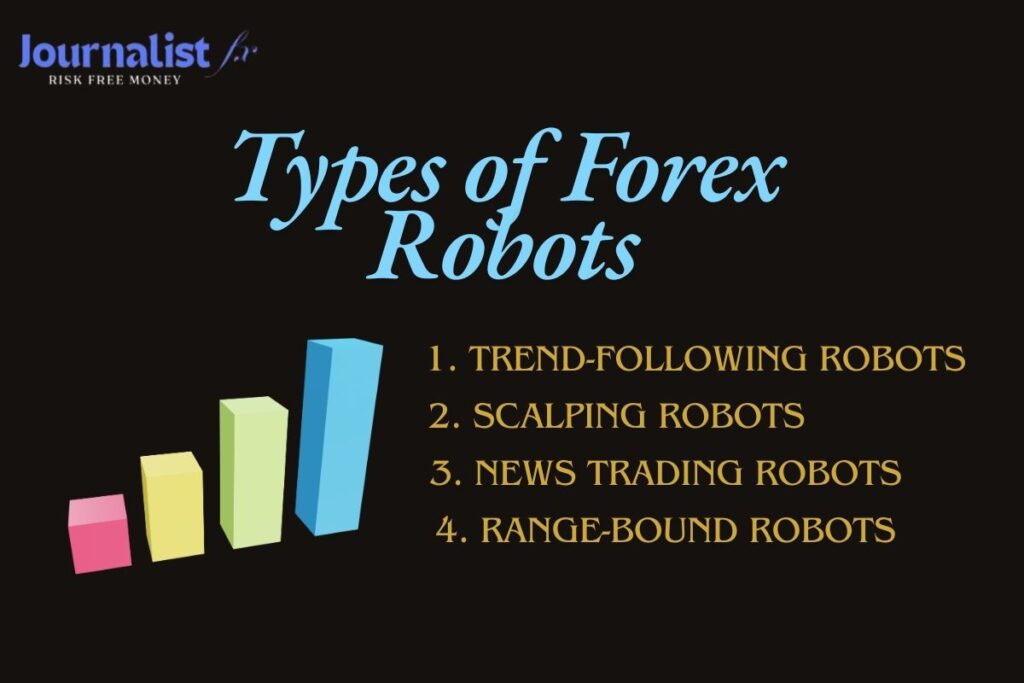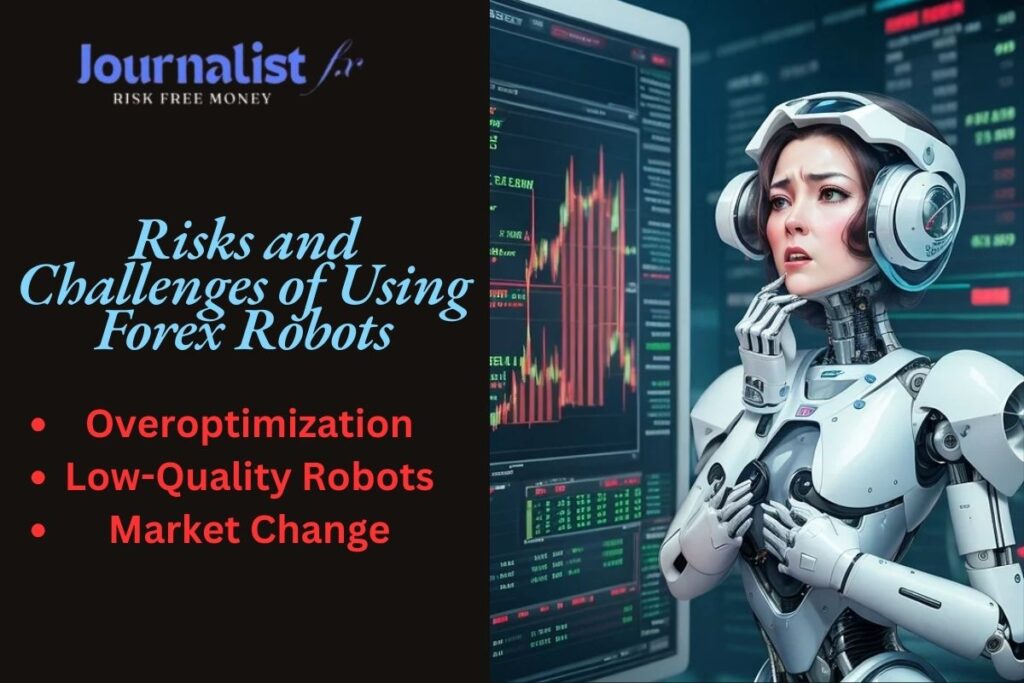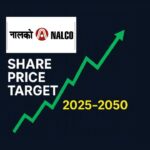People focus on ready-made solutions in this fast-paced world where everything is instant. It is true, especially when it comes to forex trading. There is no doubt that forex trading is a risky business and is not easy. But everyone wants to earn and make money. The beauty of this delusion is that none of us know this fact until we try it. Either we fail, and all our investments get wiped away, or we keep learning until we succeed and move towards stability. The world of technology has tried to find a solution and minimize traders’ risks by introducing “Forex Robots.”
Let me brief you on it. While we trade with a forex trading robot, it is an automated trading system or Expert Advisor (EA). These robots enhance our trading experience and can-do risk management. That will depend on the usability of that robot and the efficacy of your usage. Forex robots use advanced algorithms and different analytical software before executing a trade on behalf of traders.
Using a forex robot can be very beneficial. It can remove the emotions that can cause a trade’s failure. Manual trading requires a trader’s time, effort, and attention, which can make it more challenging at times. Let me take you on a beautiful journey to explore.
- What are forex robots, and how can they enhance the trading experience?
- Benefits and types.
- Risks and challenges.
- Cost of forex robots.

Introduction to Forex Robots
As the name suggests, “Forex Robots” automate trading using computer-based programs. It can enhance your trading experience. The system automates the process, which means it can decide on your behalf. Forex robots work on preprogrammed trading strategies that can adapt to various scenarios. Like,
- Price movement
- Trends
- Technical Indicators
All these things can decide whether to buy or sell currency pairs.
The idea that might spark the use of a forex robot is that during a trade, the investor must monitor the market for a long time. The robots can execute a trade on someone’s behalf.
There are many trading platforms available in the market. These robots work well with them. For example, MT4 and MT5.
You can purchase the robots using these platforms, known as an Expert Advisor EA. Traders can also customize these robots as per their needs.
Forex Robots Enhancing Trading Experience
- It is a tool that brings several advantages to traders while trading. All these advantages can transform how a trader interacts with the forex market.
- All these benefits make forex robots a good choice for beginners and experienced traders. Let us see some of the advantages.

1. Cut Monitoring and Trading Time
The Forex market is open for 24 hours for 5 days. Any opportunity can strike anytime, no matter where you execute the trade. One of the most significant advantages of forex robots is that they can trade around the clock. A human can’t watch a market that operates 24 hours a day. For forex robots, they can track and execute a trade at any time, even if the trader is away from the computer. The volatility of the market is very high during certain trading hours. So, traders can use the opportunities to cash in on those highly volatile periods.
2. Emotion Free Trading
- Emotions can hijack the efficient way of trading, and humans are emotional. Fear and greed often drive traders to impulsive decisions in a volatile market.
- Typical impulsive decisions include holding the extended position for too long or exiting a trade early. All these impulsive things can make trading a dangerous business. On the other hand, robots are nothing like that. They are programmed and strictly follow a set of rules. They do not become greedy or panic in certain situations and follow the strategy as instructed, no matter what. This trading style is more disciplined, and the chances of getting success are high.
3. Customization and Flexibility
- Customization is possible with the Forex robot. It will depend on the trading style of a trader. They can use aggressive short-term scalping techniques or long-term conservative techniques.
- You can customize parameters like entry and exit points, which indicators to follow, and the risk management plan. This can also include allocating capital for each trade.
- This customization offers a great deal of flexibility to the traders. They can create a robot that aligns with their risk tolerance and financial goals.
4. Strategy Optimisation
- The robot offers a unique feature of backtesting. It means a trader can check how their strategy or plan is working on the back data of the market.
- This is very helpful and is a feature of demo trading. A type of trading where a trader can practice before trading with money.
- As a trader, you can face different situations in the market, and backtesting helps you prepare. It allows traders and builds confidence in the strategy.
- You can adjust your expectations when you already have data to support it. You can adapt to future situations.
5. High Efficiency and Speed
- Consider yourself trading in a volatile market, where prices change in less than a second. It can be challenging to execute a trade in such a chaotic situation. You must execute your strategy before the movement might be gone. This is not the case with forex robots. They are preprogrammed and can manage a trade in the blink of an eye.
- The speed with which a robot executes a trade can be the difference between profitability and loss.
Read More: Kabaddi Bio For Instagram, Instagram Bios For Architects
Types of Forex Robots
It isn’t easy to analyze and act on different forex market situations, as there can be many. Trading styles also differ for a trader based on many factors. Based on those factors, various forex robots may suit your trading style. Let us take a look at them.

1. Trend-Following Robots
- Many times, traders want to trade in a trending market. It is profitable to be on the side of a moving trend. It can become challenging for traders to monitor the market at times. Forex robots designed to follow trends can be handy in these situations.
- Designers create these robots in such a way that they can identify trends. Technical indicators like Moving Average (MA), Bollinger Bands, and Moving Average Convergence Divergence (MACD) help robots determine the trends.
2. Scalping Robots
- Unlike trend-following robots, a scalping robot will likely operate for short durations and is a considerably highly volatile market. They design them to take advantage of small price movements and short time frames.
- The core of the functioning of these kinds of robots is fast execution. They design them to capitalize on tiny market moves. Because of this reason, most scalping robots are set up on Virtual Private Servers (VPS).
- These kinds of robots can execute a large number of trades in a day. They focus on currency pairs like EUR/USD or GBP/USD. In these pairs, spreads are narrow, and execution has to be faster.
3. News Trading Robots
- These robots respond to any global event and execute trades accordingly. Forex markets are sensitive to geopolitical news, employment reports, and GDP data. Traders want to cash in on such situations, which can be very volatile.
- These robots integrate with the economic calendar Application Programming Interface (API). This API will feed the robots with information related to a global event.
- The robots use the historical data and news feed of the API. They will strategize a plan for executing trades.
4. Range-Bound Robots
- A range-bound market is a market that generally does not follow any trend. It usually oscillates between specific ranges. These robot designers designed them to execute trades and profit in such a market.
- These robots work very well in a low-volatile market. In this case, the price kept bouncing back and forth between support and resistance.
- They rely on indicators like Bollinger Bands and the Relative Strength Index (RSI). Range-bound robots use these indicators. It is to identify overbought and oversold conditions in a range.
- As the price moves toward support, the robot buys. Suppose it moves toward the resistance; it will sell.
Risks and Challenges of Using Forex Robots
So far, we have seen the benefits of forex robots and how their use can change our trading experience. Everything comes with some pros and cons. It is time to discuss some risks and challenges of using forex robots.

1. Overoptimization
- Over-optimization can be a genuine problem with the use of forex robots. An overoptimized robot might not trade in a live market with accuracy.
- Traders usually overoptimize robots with historical data during backtesting. In this case, the robot might perform well on historical data but fail while dealing with a live market.
- What happened in the past may not occur in the future in the same way. In this case, the robots can make an error.
2. Low-Quality Robots
- Traders should be aware of market scams and fraudulent marketing strategies. The forex market is vast and decentralized, so it is prone to fraudulent activities. Especially when it comes to “guaranteed profit” in the market. Many companies launch cheap, low-quality robots that do not work in the market. Forget the profits.
- It is essential to research before using such a service. Never fall into the trap of quick money in the market.
3. Market Change
- The forex market is dynamic and can change at any point in time. It is almost impossible for a robot to make profitable trades in different market conditions.
- The forex robot, which performs in a volatile market, cannot make efficient trades in a range-bound market.
- A trader needs to monitor the performance of the robot over time. Based on past performance, traders may make informed decisions.
Cost of Forex Robots
Forex robots are designed to make our trading experience better. However, one should have less dependability on them. A mix of trader’s insight and the use of robots can enhance the chances towards a profitable trade. The cost of a Forex robot depends on various factors; a trader needs to examine them before using it. The cost may depend on,
- Features and range of optimization.
- Brands that are marketing that forex robot.
- Credibility and past performance of the robots.
1. Low-Cost Robots
- A low-cost forex robot generally comes in the price range of $50 to $100.
- They are simple and come with little automation.
- They are trend-following robots that can perform only in a trend-based market.
- They are not optimized for risk management and other strategies.
- They are generally developed by small vendors.
2. Mid-Range Forex Robots
- More advanced than low-cost robots. They come in the price range of $200-$500.
- With the help of these robots, a trader can do backtesting by accessing historical data.
- They come with some risk management techniques like stop-loss. We can adjust their levels.
- It has reliable technical support. It also offers timely updates.
3. High-End Forex Robots
- They come in the category of premium robots. Experienced developers or reputable trading firms design them. They cost between $50 and $1,500.
- They have AI-driven trading algorithms.
- They have extensive backtesting data and can execute different trades at a time.
- They have dynamic risk management.
- They receive regular updates with dedicated technical support.
Note:
Subscription-based and custom forex robots are very costly, sometimes costing
more than $10,000.
Read More: Sad Threads bio
Conclusion
We have covered a fascinating journey about “The Role of Forex Robots in Trading.” They are well-designed computer programs that can enhance our trading experience. Different types of forex robots are available in the market. A trader must evaluate their financial goals and trading style before finalising one.
Frequently Asked Questions
Yes, sometimes they do. Forex robots work fine in a stable market. Traders can execute profitable trades with their help. There are limitations if the market is volatile or moving because of some sentiments. We cannot depend only on robots. They rely on predefined algorithms or technical indicators. They can be fast and save time in executing trades. But they do not adapt. For that, they need human intervention.
Yes, it is legal to use a forex robot for trading. It may depend on the regulations set by financial authorities and brokers. This also depends on the country’s rules and regulations. However, there may be a broker’s restriction on using a robot in their platform. If they believe it can give a trader an unfair advantage and disrupt their services. You can check the broker’s policy on automated trading.
Yes, AI can predict the forex, but it has certain limitations. It can process large amounts of data. In executing a trade, take help from several technical indicators. But the forex market is much more than that. It depends on complex market forces like geopolitical news, GDP, and inflation rates. Overall, AI lacks consistency. It cannot predict market movement, especially in the long term.
The effectiveness of forex robots may depend on various factors.
1. Market condition
2. Algorithm quality and design.
3. Risk management.


